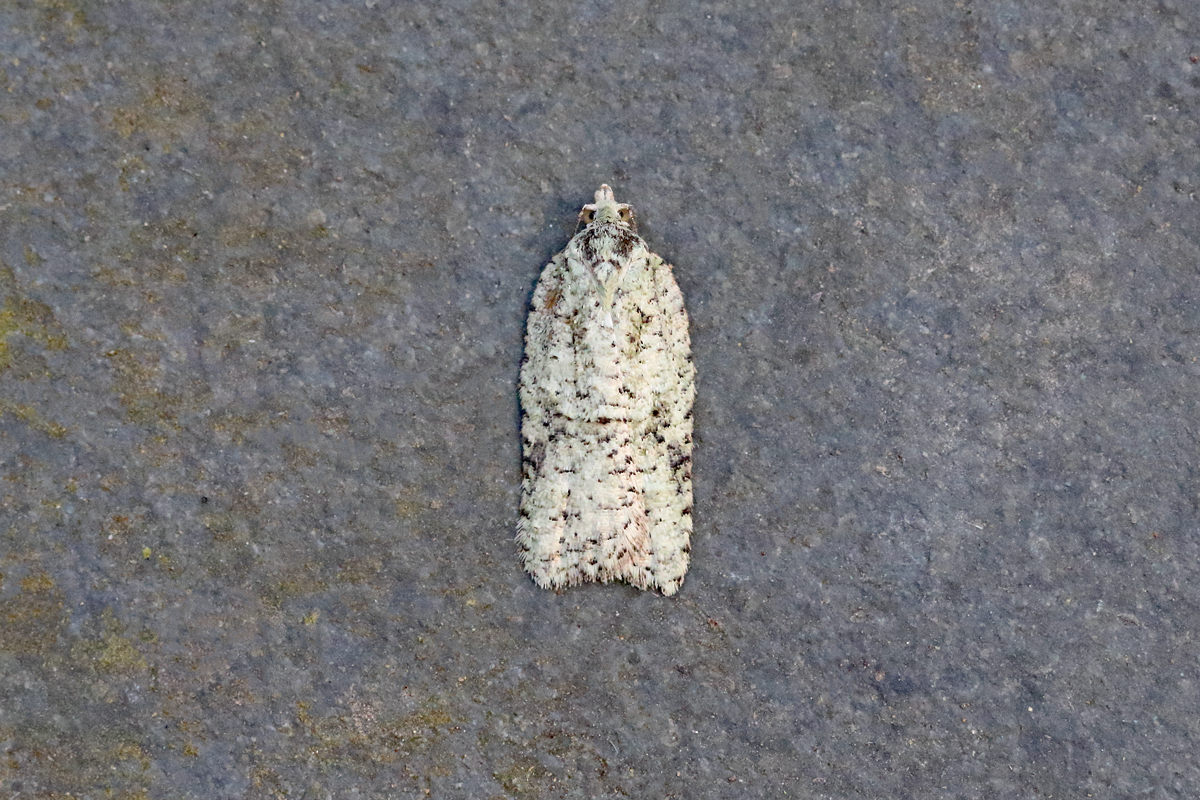 |
| Scarce Prominent Odontosia carmelita Howick 26/04/25 |
I began moth trapping when we moved in here in 2009.
Over the years, the garden list has steadily increased by annual stages, with some moths that are very common and others less so. Some species trapped have been firsts for Northumberland and no less than 90 species have been recorded here on only the one occasion. These are made up of a few migrants but most are strays on the wind from other habitats.
Over the years one species fired my imagination . The Scarce Prominent Odontosia carmelita.
This is not a rare moth in Northumberland with 240+ adults recorded from 50 different widespread sites, but it is not abundant either. North Northumberland VC68 only has 12+ records. It is a moth of old birch woodlands, favouring taller, mature trees that are mainly found at inland upland sites in the county.
The Victorian Lepidoperists found it a very rare insect that was difficult to obtain. Adults don't feed so it wasn't attracted by Sugaring. The larvae were always too high, so this left digging lightly around the base of birches in autumn looking for pupa or looking around the base of birch trunks in spring for newly emerged adults. It wasn't until the invention of electric Mercury Vapour Moth traps that this moth became more widely found.
In recent years I've pondered taking my battery bucket trap into an old birch wood on Alnwick Moor to try and find it but never got around to it.
Fast forward up to Saturday night when this moth wasn't even in my hindsight. Late, before going to bed I thought I would check the garden trap to see if there was much doing. At the minute is all Orthosias with a few geometers like Shoulder Stripe and Water Carpet for interest. Peering in to the egg tray lined depths a furry head could be seen so I lifted another tray to get a better vie of the half hidden stranger within. Only then did it reveal itself.
Its always great to find one of your hero's or most wanteds in the trap, but even more so at this early time of year. 'carmelita was duly potted and placed in cool storage until the morning where these photos could be taken. On the evening I took it into Village Wood ,where there are a few old birches, for release. I tried to sit it on an old gnarled trunk but it was having none of it. After a bit of a flutter around it launched itself up and off over the canopy.
I wonder if I'll ever get another...














